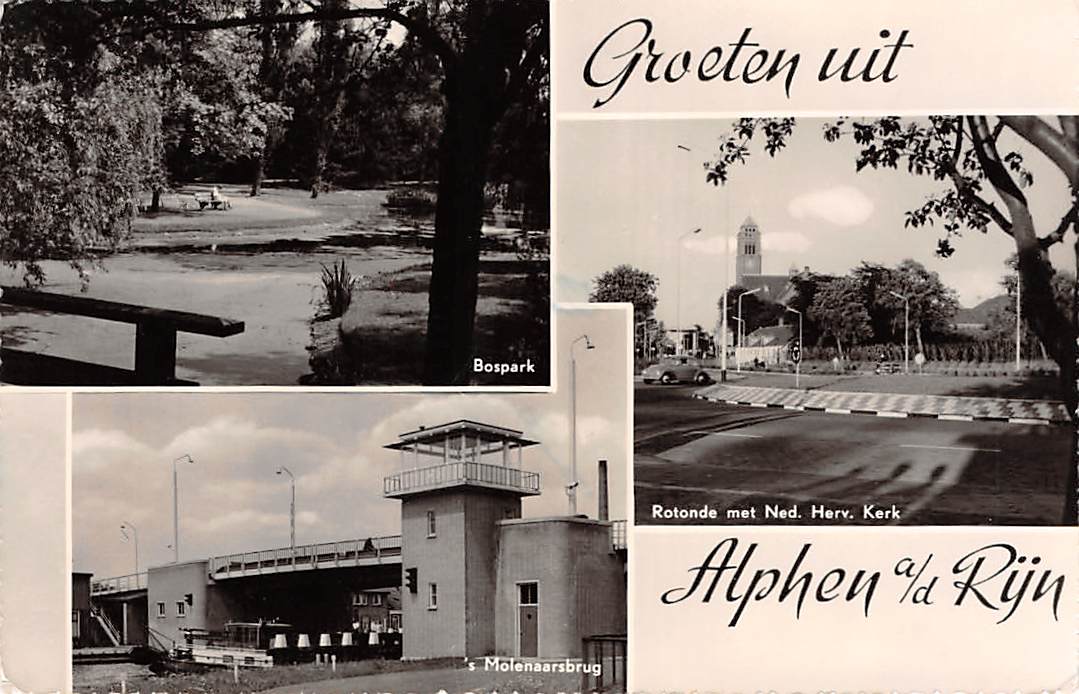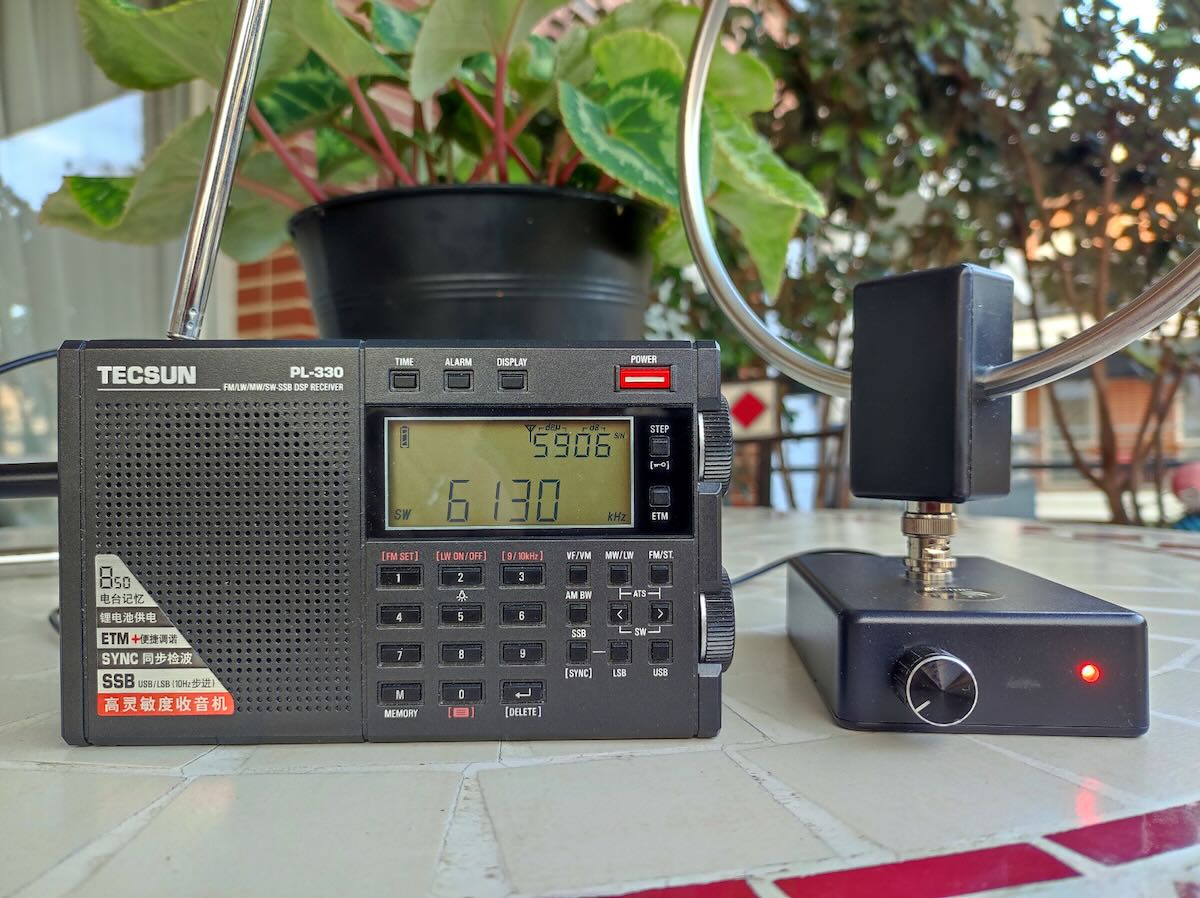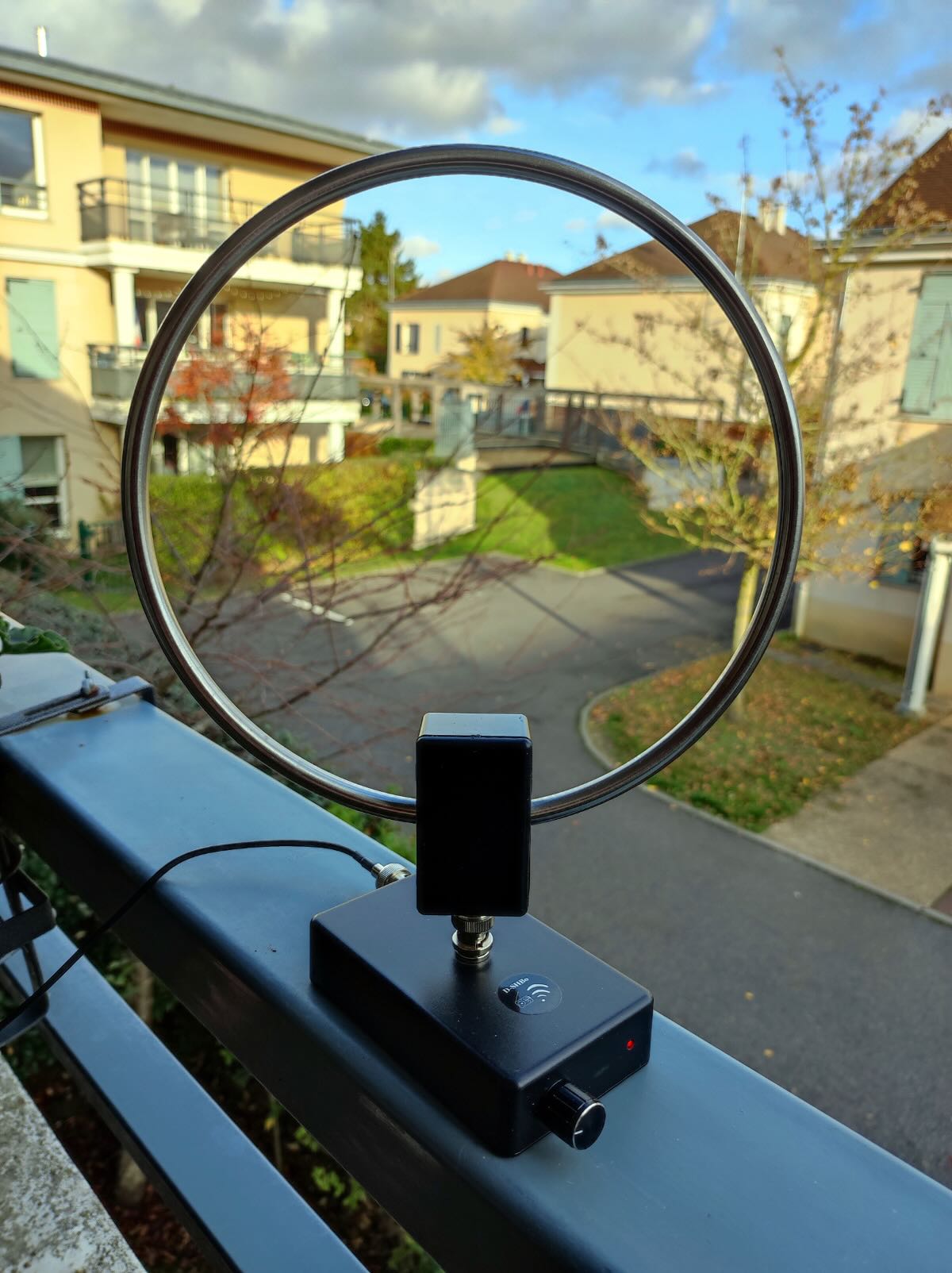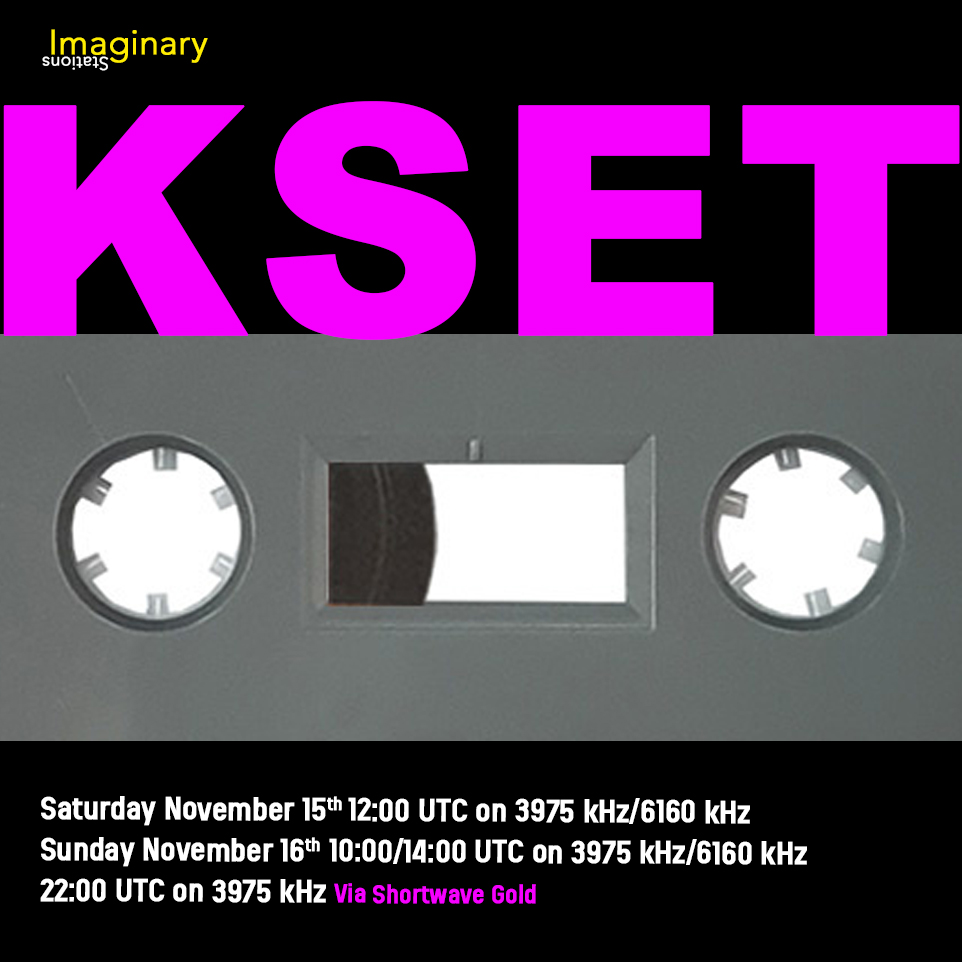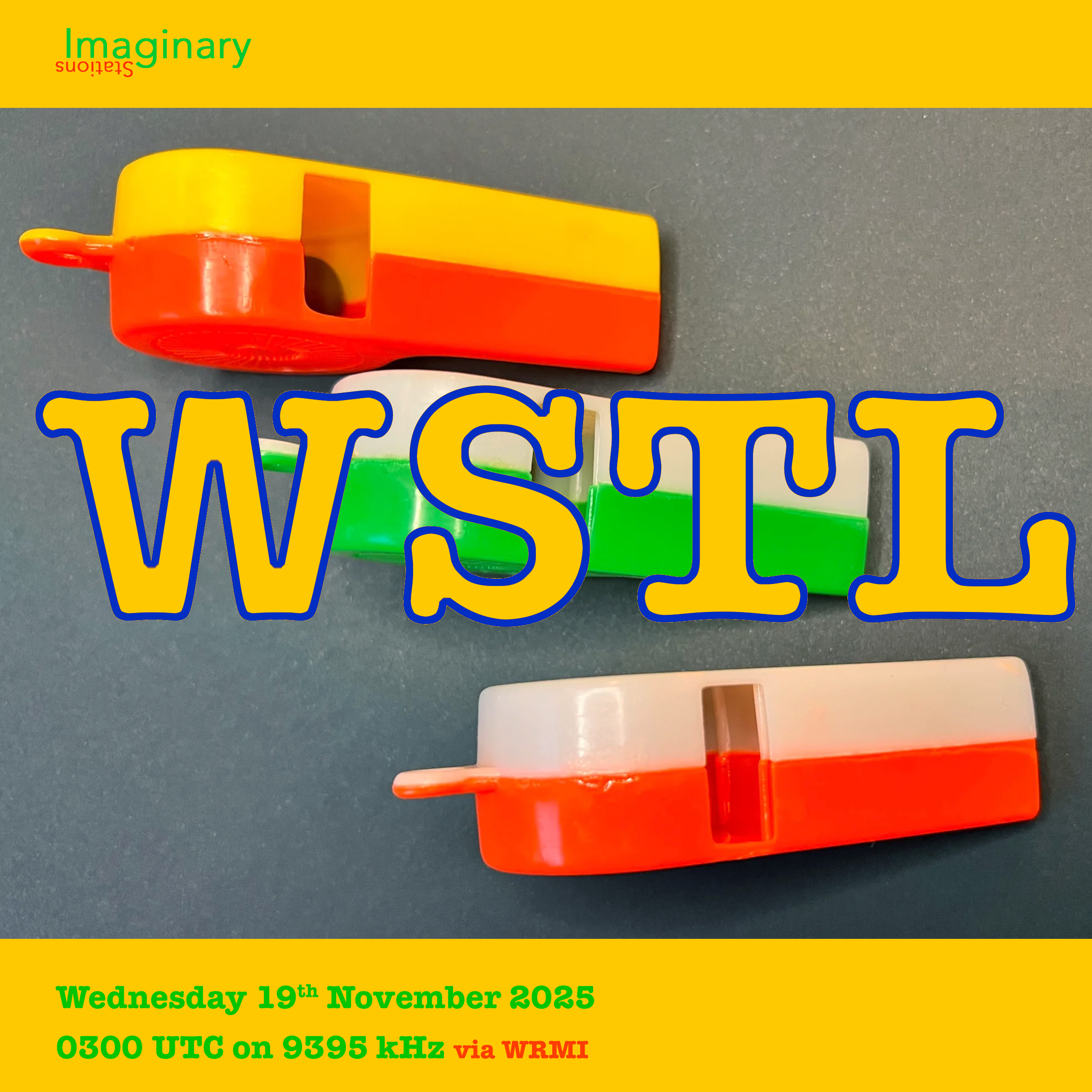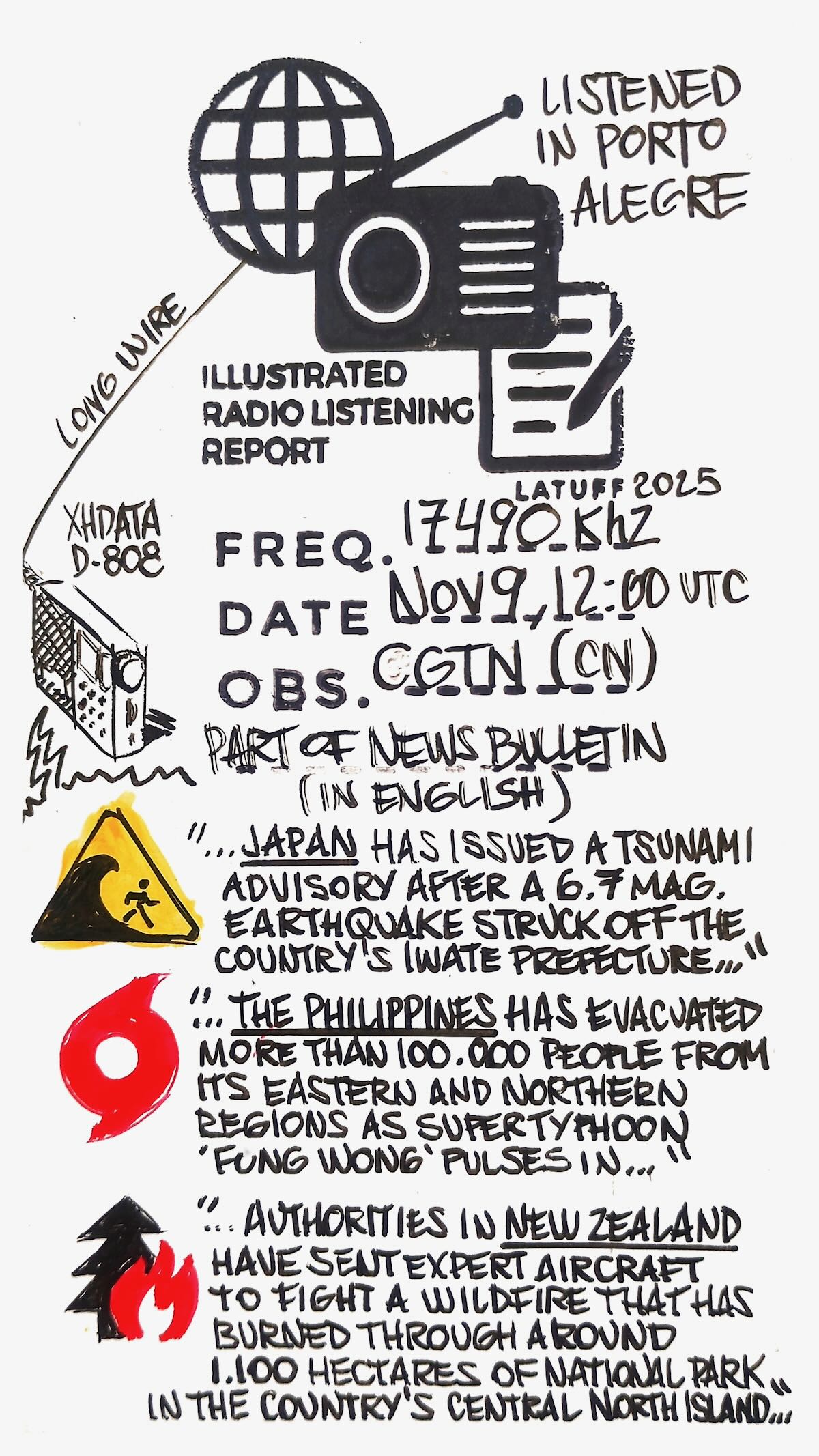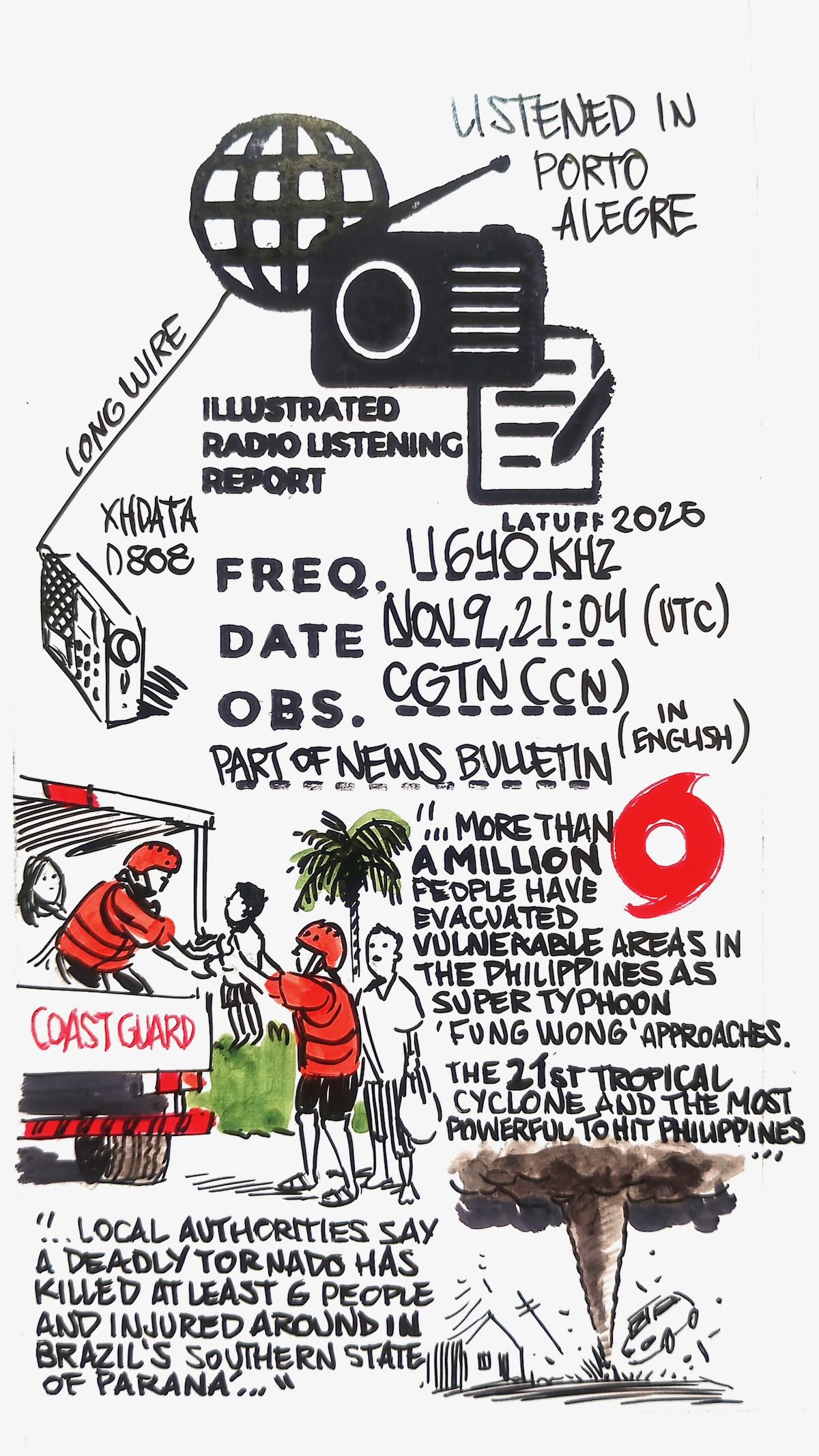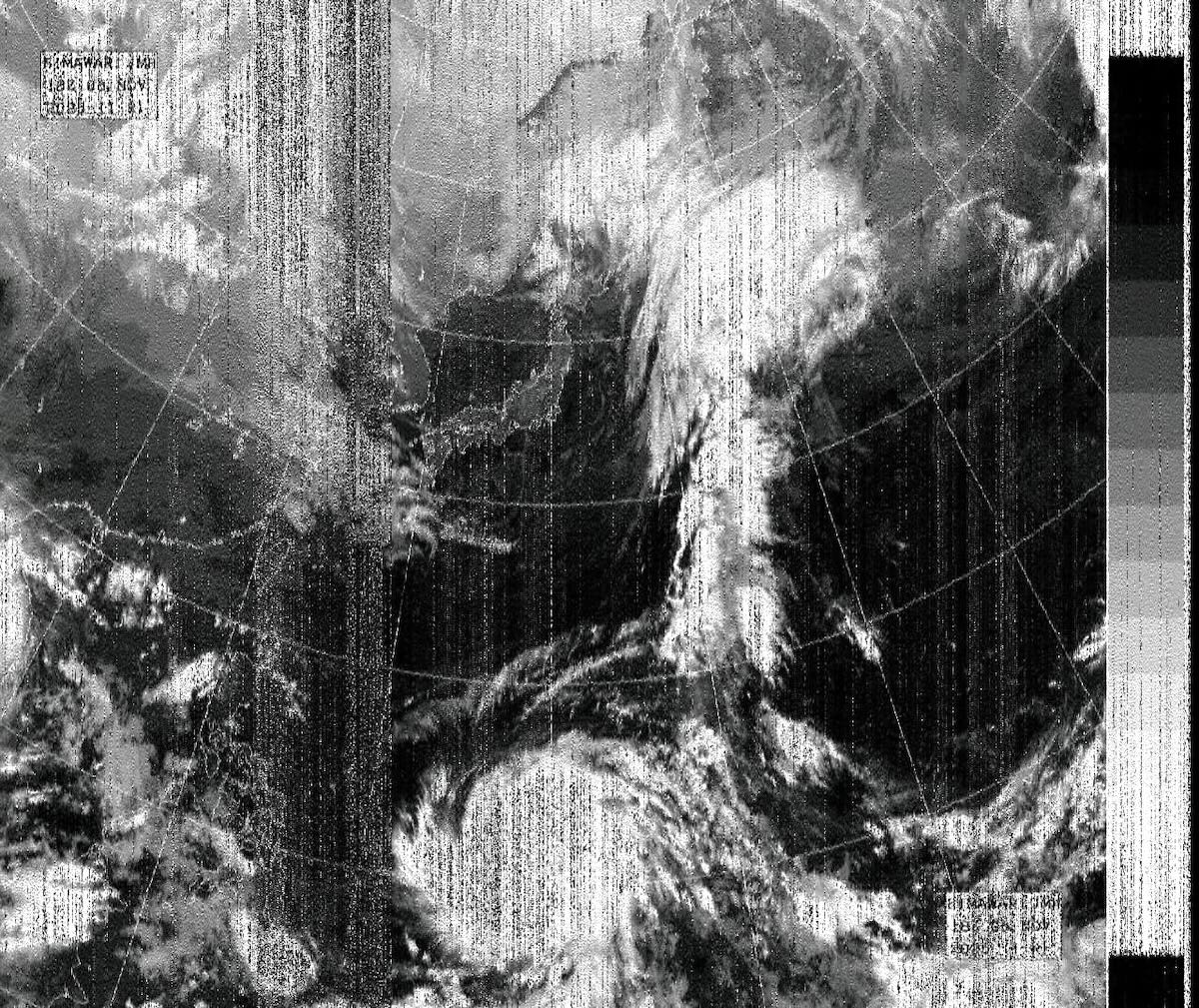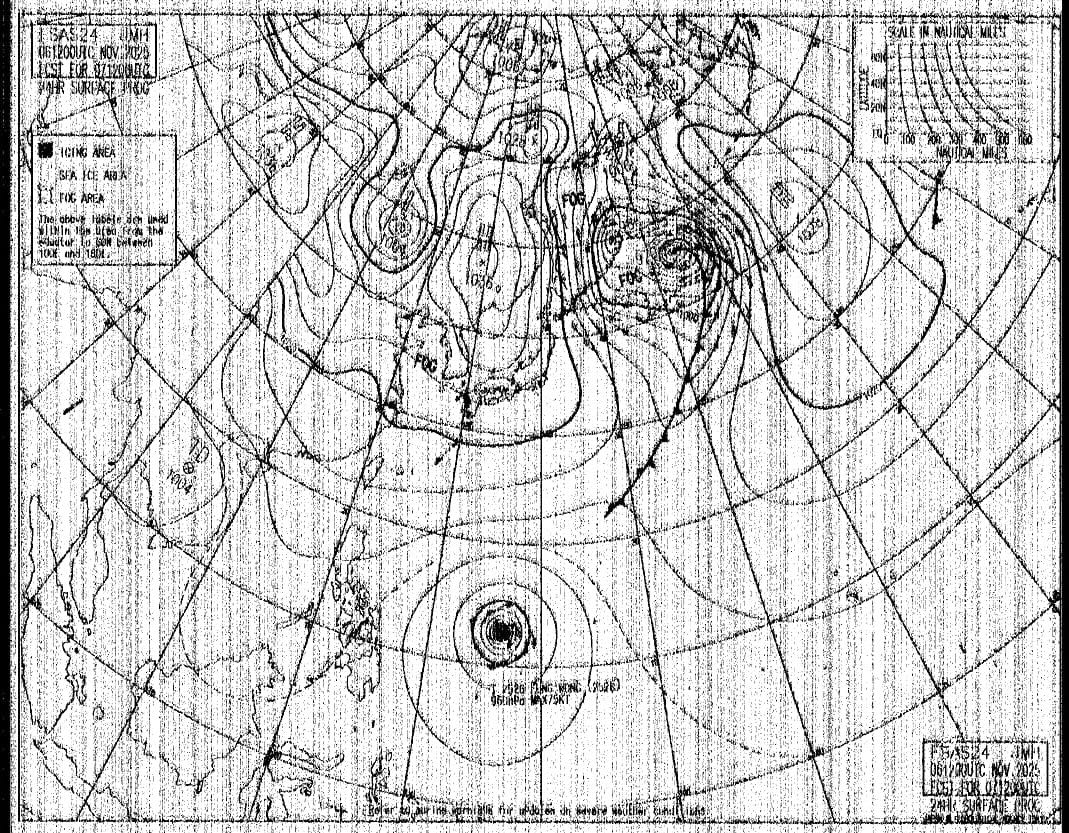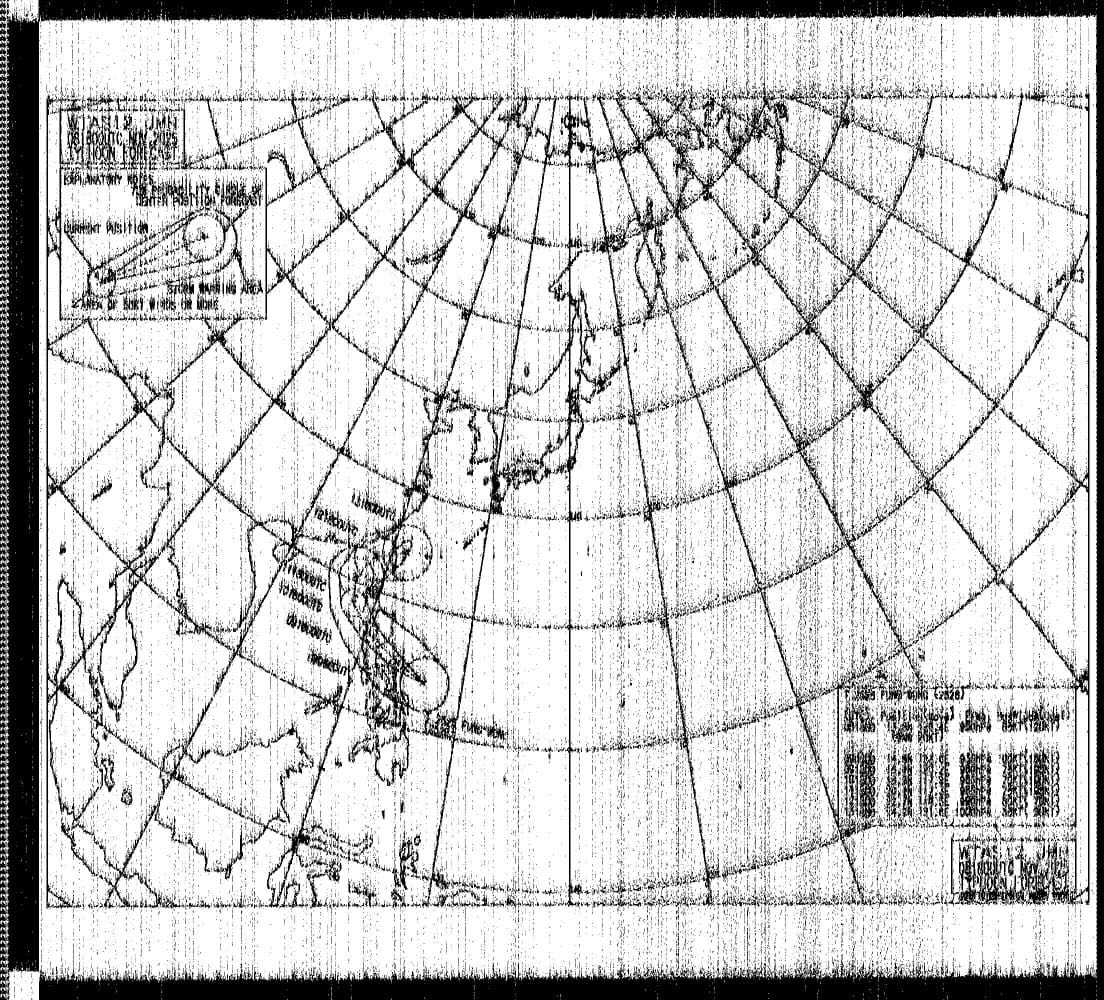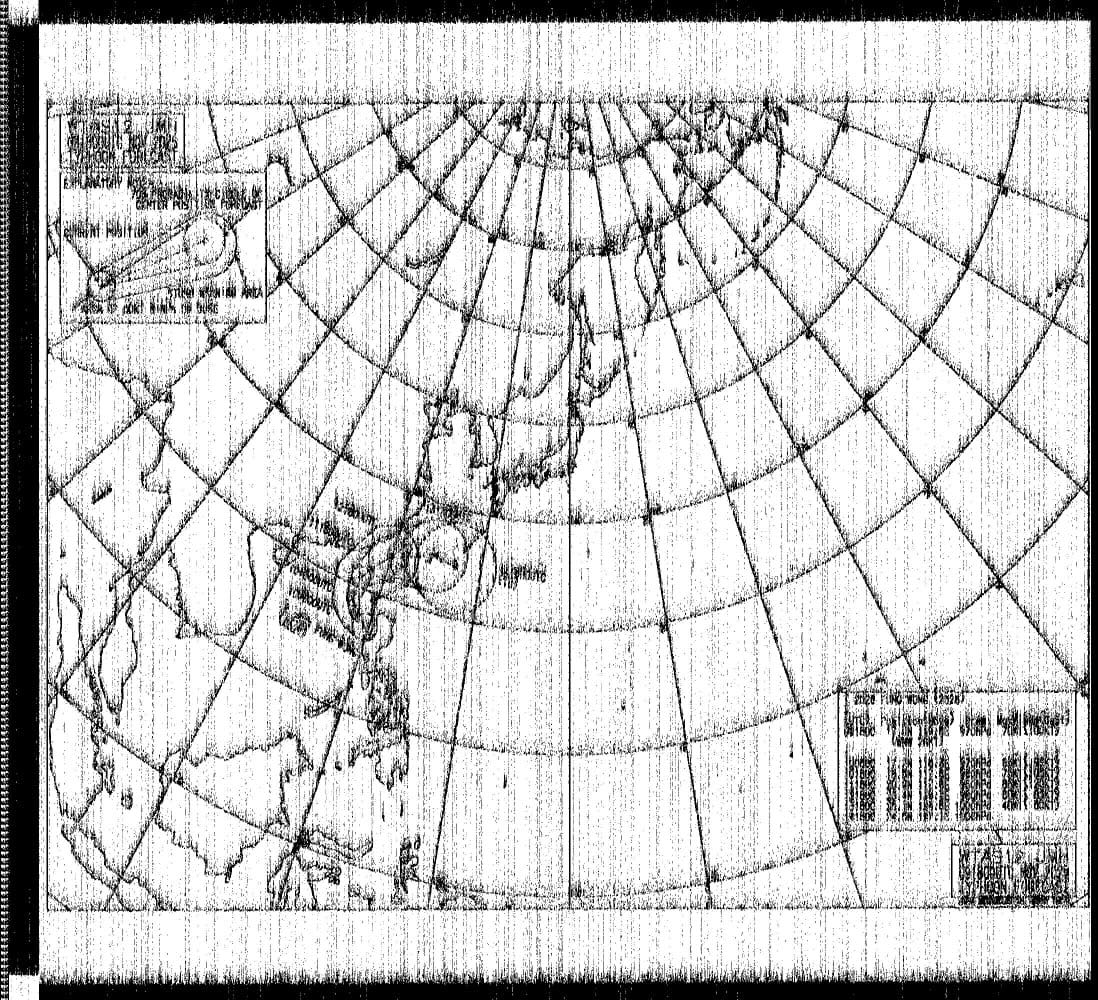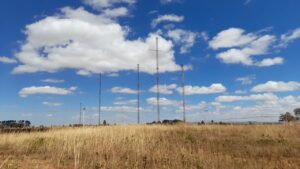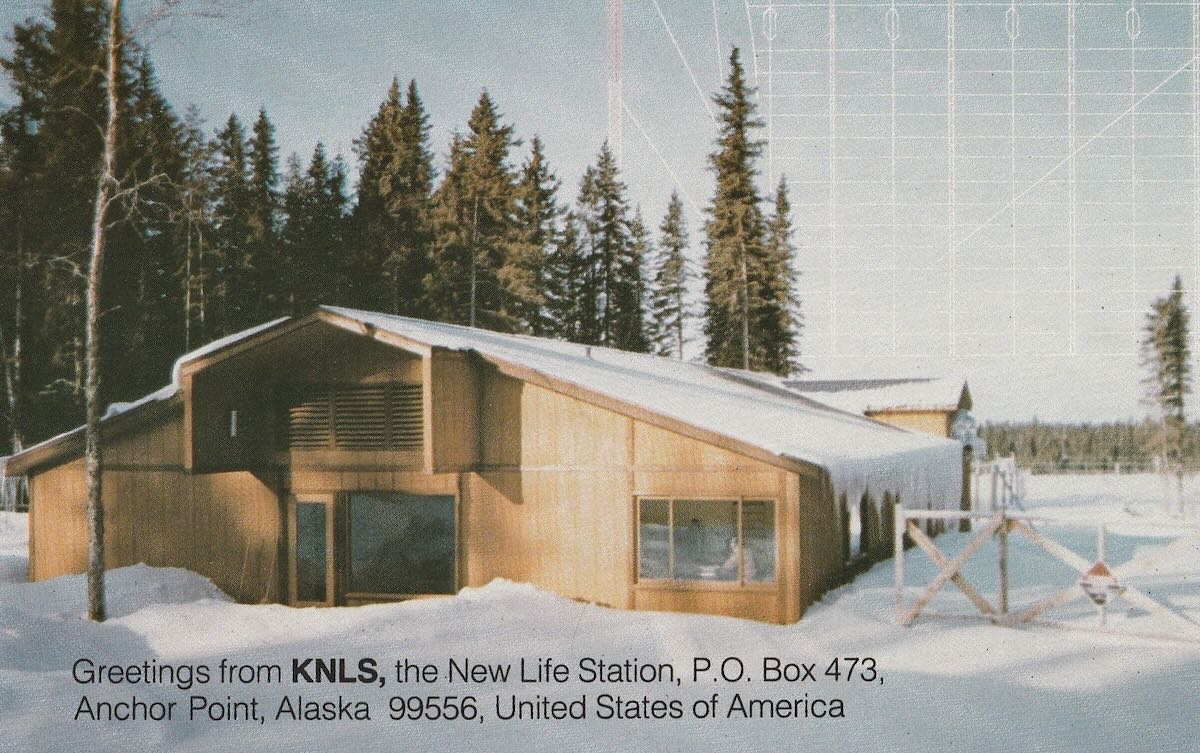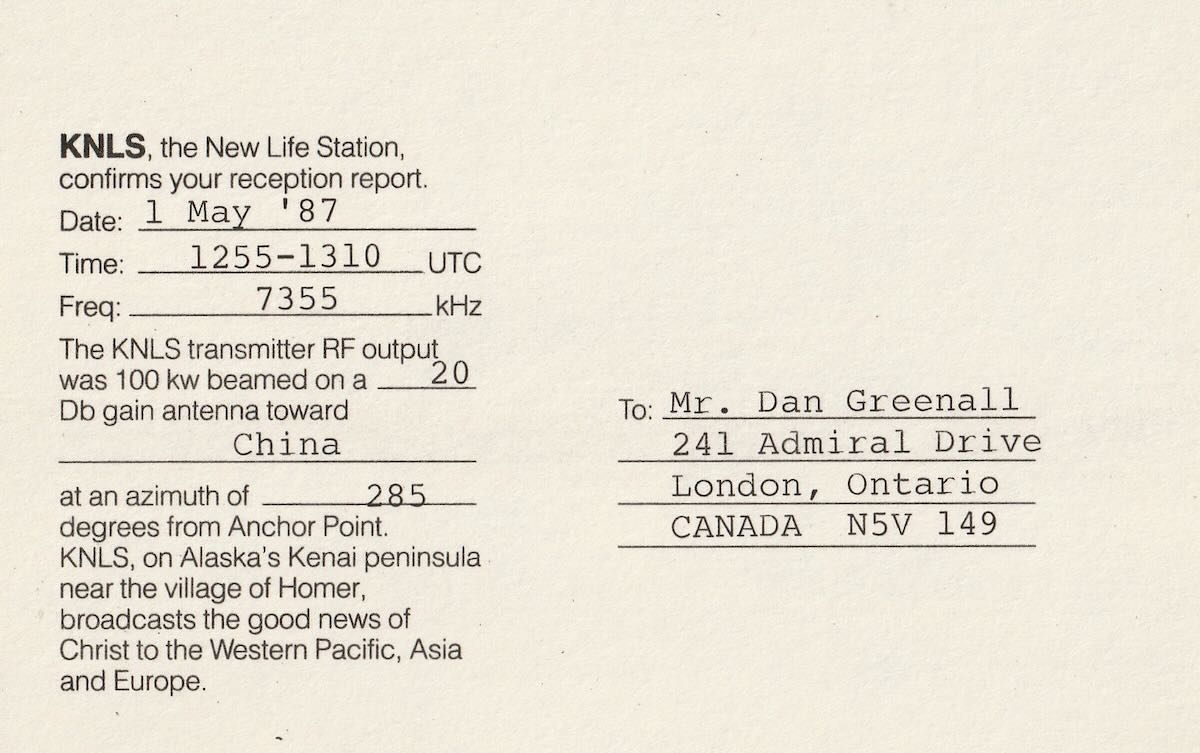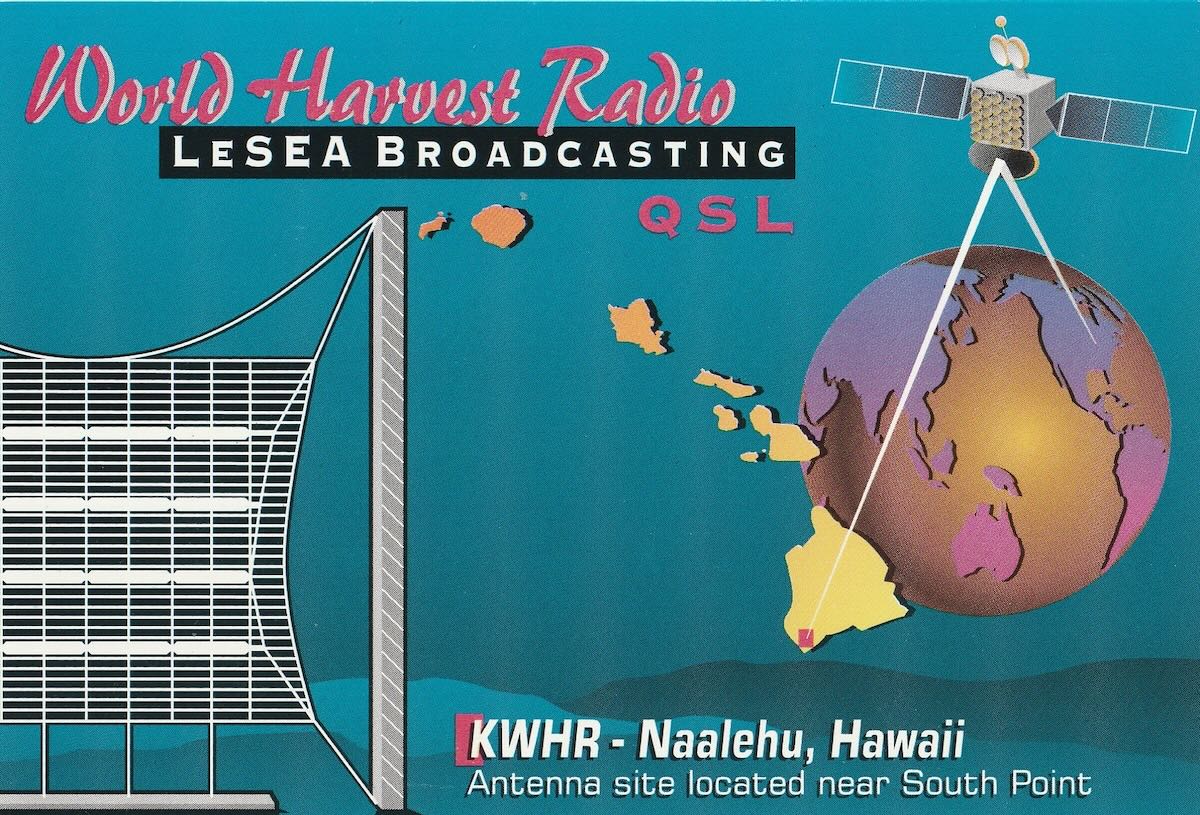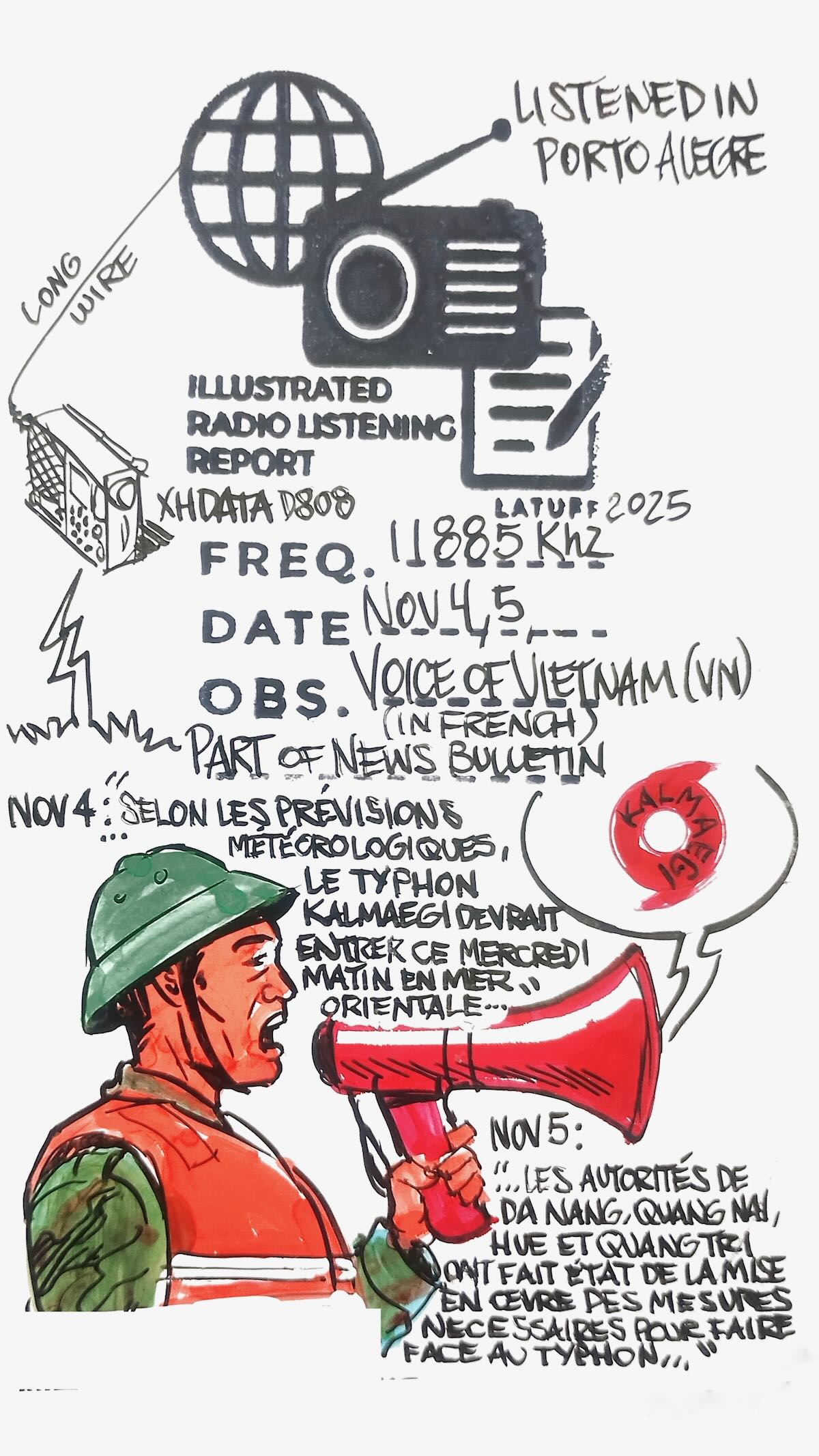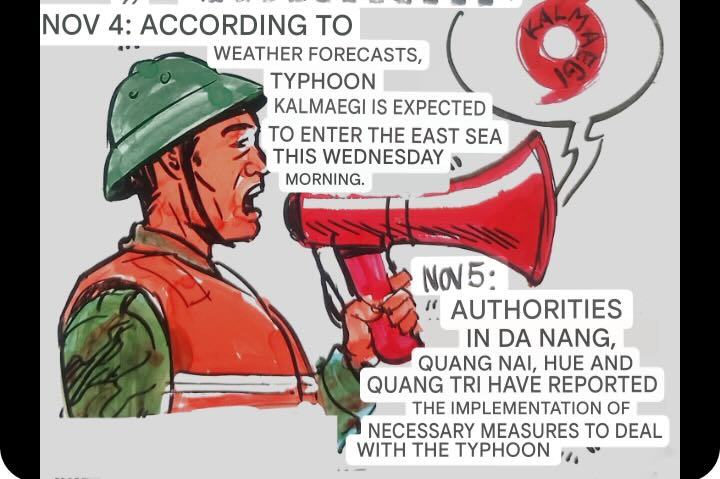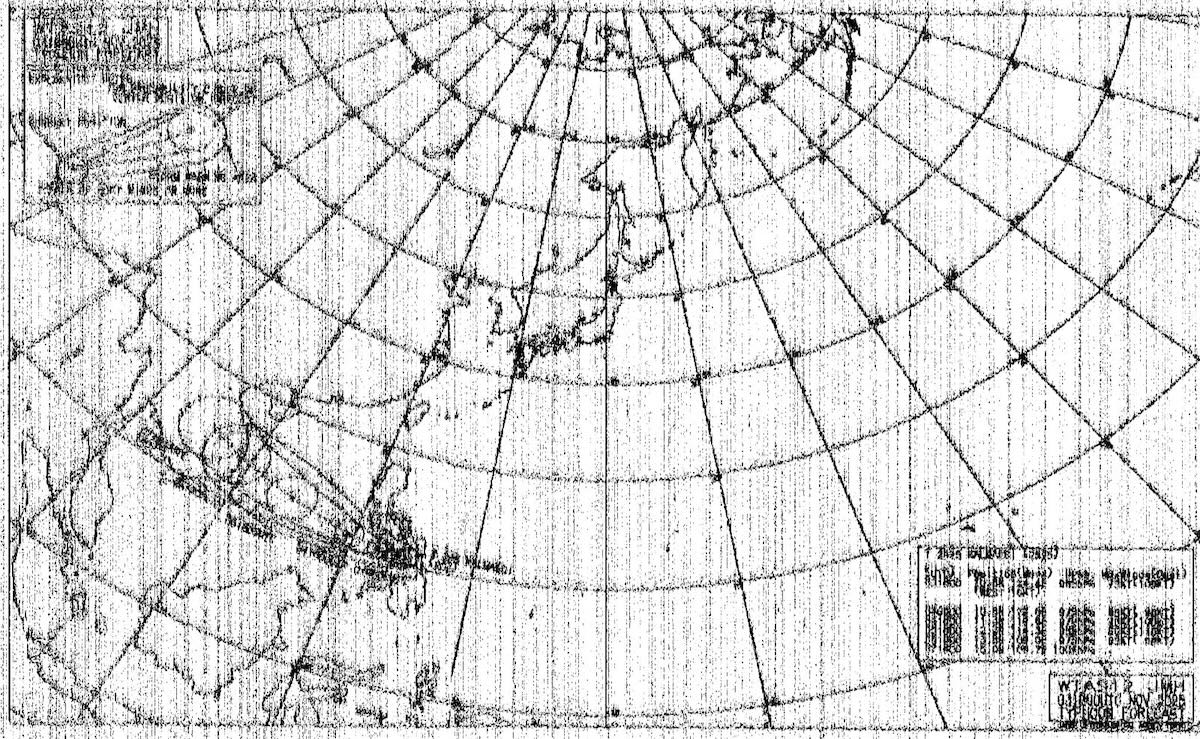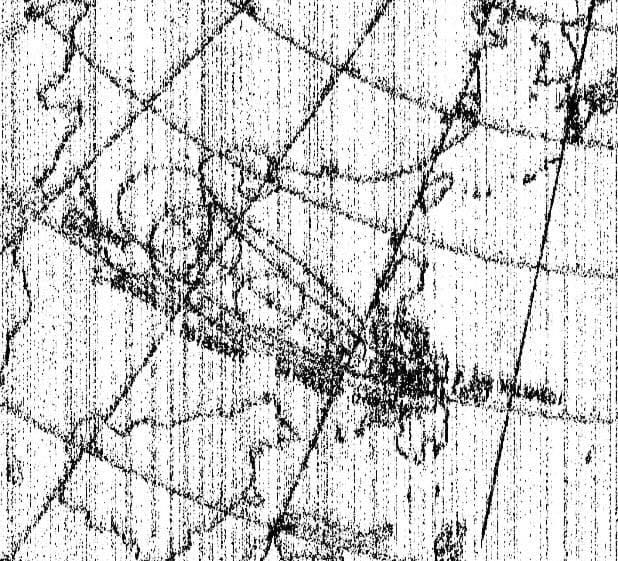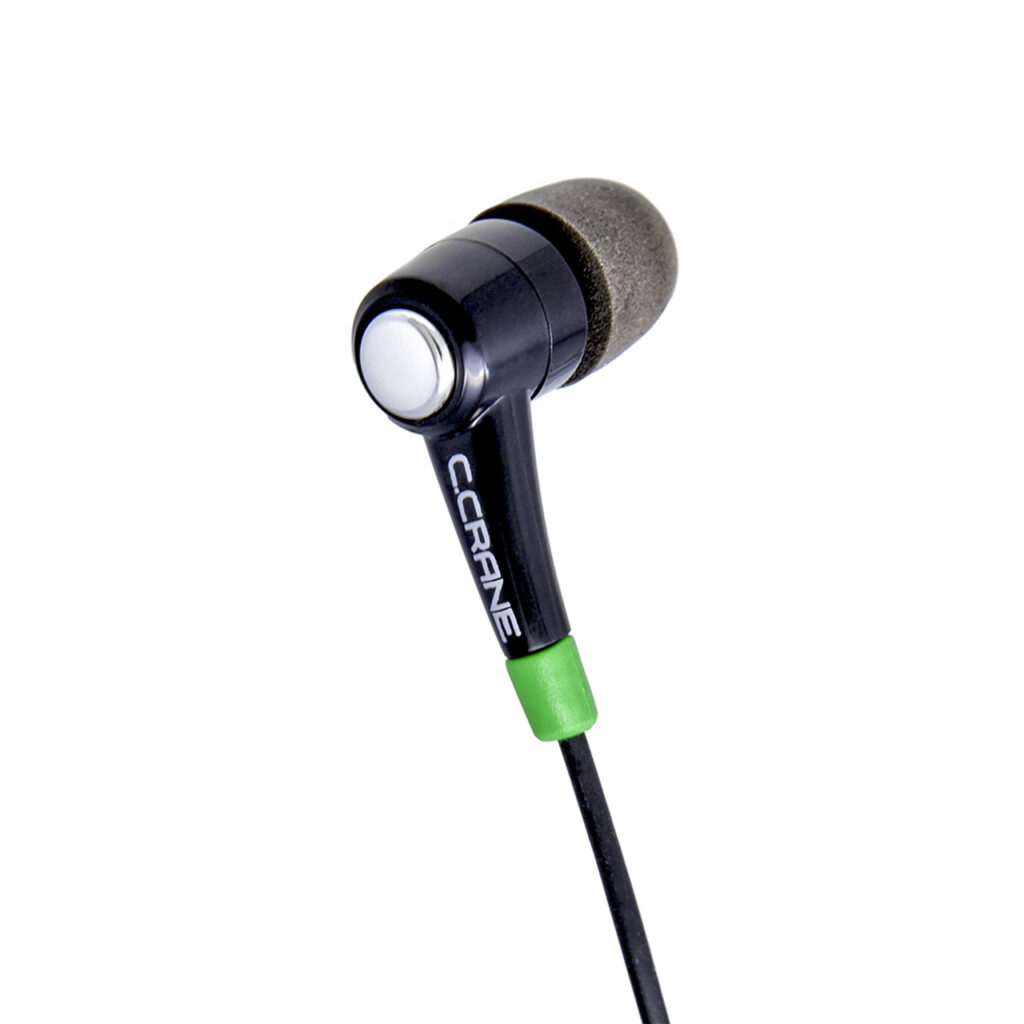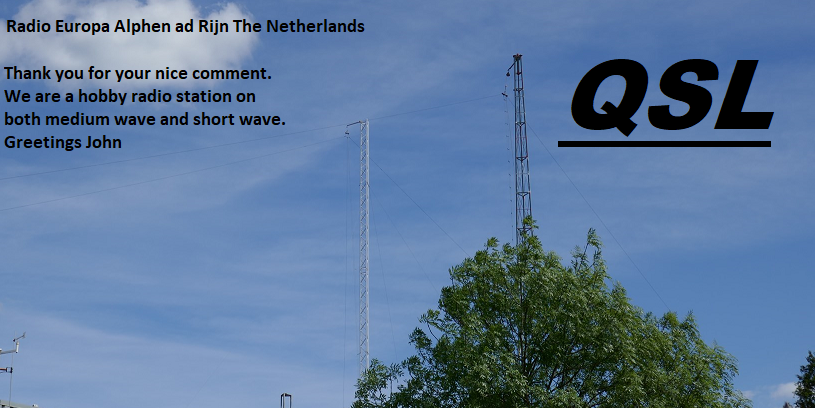 Many thanks to SWLing Post contributor Paul Jamet, who shares a follow-up to his recent reception reports of Radio Europe on 6130 kHz.
Many thanks to SWLing Post contributor Paul Jamet, who shares a follow-up to his recent reception reports of Radio Europe on 6130 kHz.
Paul not only received a QSL card (see above) from the station but also exchanged several friendly messages with the team behind Radio Europe—three brothers from the Netherlands who have been active in radio since the 1970s. They also included the following photos and postcards:
In their replies, the Radio Europe team wrote (English translation):
Hi Paul,
Great photos and thanks again for the recording and comment.
I’ll add a little more about who we are. We are three brothers who have been involved in this wonderful hobby since the 1970s. We started out on 27 MHz, and after obtaining some licenses, we started building radio tubes, transmitters, receivers, and antennas, including loop antennas for broadcasting on legal frequencies.
For years, John, the owner of RadioEuropa, used homemade tube transmitters. For several years now, we have been using factory transmitters, which consume less energy. We also use sound processors to make the audio sound as good as possible. We also work with a V-type antenna inverter that is located a few meters above the ground. The photo shows the old situation high up, but since the move, everything is now on the ground floor.
Based on the responses, we believe that the antenna and transmitter are working well. Given that it can sometimes be windy, John plans to keep the antenna low for the time being, because on shortwave, the sound can always vary or be heard differently. This also makes it very interesting for us.
Thanks again.
You have a beautiful radio and antenna.
Best regards from the Netherlands.
Radioeuropa
Paul also shared his most recent recording of Radio Europe made from his balcony in France, using a TECSUN PL-330 receiver and a Deshibo GA-450 loop antenna (20 cm diameter–see photos above and below). Even from a city location surrounded by small buildings, reception was quite good.
“This little loop antenna from Deshibo sometimes gives interesting results,” Paul notes. “The TECSUN PL-330 is a safe bet.”
Many thanks again to Paul for sharing his listening reports, correspondence, and these great insights into one of Europe’s independent shortwave broadcasters!








